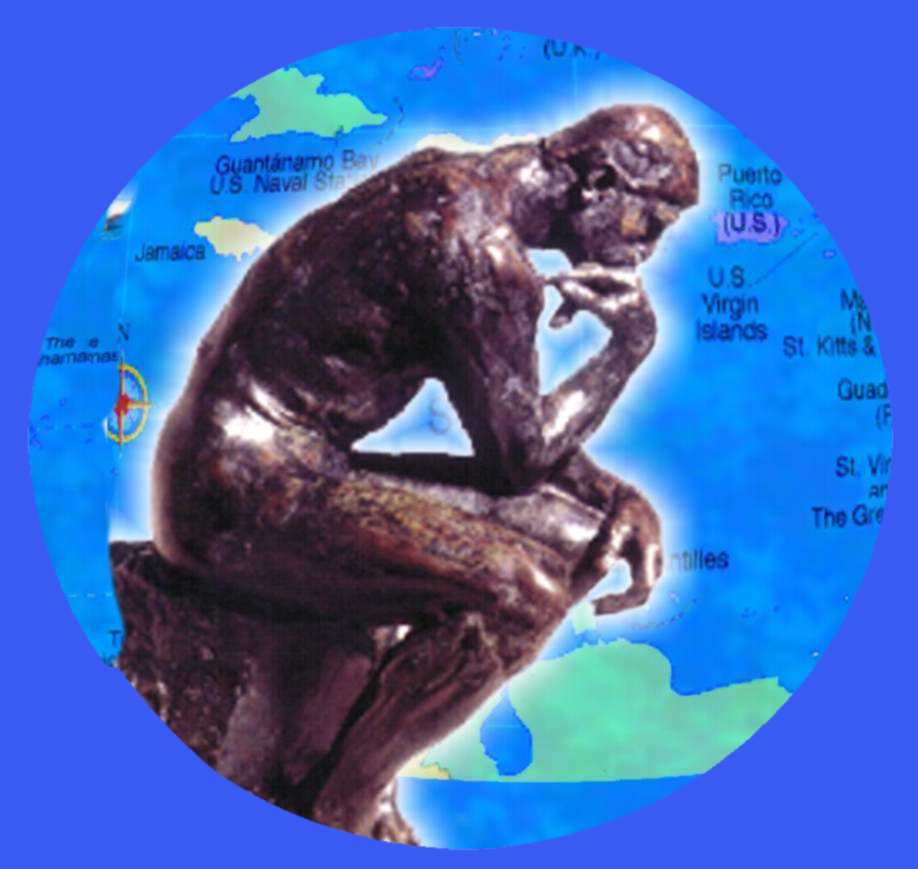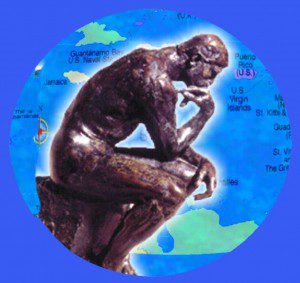
09 Nov EARTH MATTERS: HUB, SPOKES AND WHEEL
Geography is everything. It is the granddaddy of all academia.
Geography entails the exploration of the interactions and interrelationships between space, place, and environment. In terms of academic Geography, space represents a location, place symbolizes the cultural significance of a space, and environment embodies the natural world. When the first humans took a moment to use critical thinking to conduct a quantitative or qualitative investigation of a space, place, or environment, they set into motion a scientific field of study that has served as humanity’s ever-evolving wheel of geographic knowledge.
In the last several centuries, the Wheel of Geography has been reinforced with a multitude of spokes, sub-fields, of various depth and intensity that were drawn from geographic investigations. The hub that links the individual sub-fields in the center of the wheel of Geography focuses on research related to Political and Cultural Ecology. According to the American Association of Geographers, the mission of Political and Cultural Ecology research is “to promote scholarly activities on the cultural, economic, demographic and political dimensions of resource use and environmental change, focusing on these issues and their linkages at and across multiple spatial and temporal scales.”
The inspirational root of Political and Cultural Ecology comes in part from the works of George Perkins Marsh who wrote “Man on Nature” in 1864 and Carl Ortwin Sauer who wrote “The Morphology of Landscape” in 1925. This rapidly expanding field of academia includes a synergy of research into a cross-section of topics as broad and diverse as environmental activism, hazards research, indigenous land mapping, land tenure and common property, neoliberalism, urban ecology, capitalism of life and nature, ecotourism, environmental management, functional materialism, nature and ethnic politics, nature conservation and social justice, political economics, sustainability and vulnerability, wildlife conservation and climate change planning.
 In the near future, qualitative and quantitative “hard science” derived from Political and Cultural Ecology research can be used to design “human software” intended to facilitate a predetermined change in a population group’s perspective given its baseline demographics and motivations. The implementation of “human software” involves conducting a series of events in local context that would cultivate a shift in social behavior towards achieving a designated goal. The range of issues that “human software” could be used to overcome barriers of conflicts in order to foster global sustainability includes universal health care, environmental conservation, renewable energy, food security, green economy, community development planning, and impacts related to human-induced climate change.
In the near future, qualitative and quantitative “hard science” derived from Political and Cultural Ecology research can be used to design “human software” intended to facilitate a predetermined change in a population group’s perspective given its baseline demographics and motivations. The implementation of “human software” involves conducting a series of events in local context that would cultivate a shift in social behavior towards achieving a designated goal. The range of issues that “human software” could be used to overcome barriers of conflicts in order to foster global sustainability includes universal health care, environmental conservation, renewable energy, food security, green economy, community development planning, and impacts related to human-induced climate change.
Given the fact that humanity has affected every space of Earth’s physical geography directly or indirectly, the time has come to create symbiotic opportunities that that would meet the needs of the present without inhibiting the needs of future generations.



Sorry, the comment form is closed at this time.